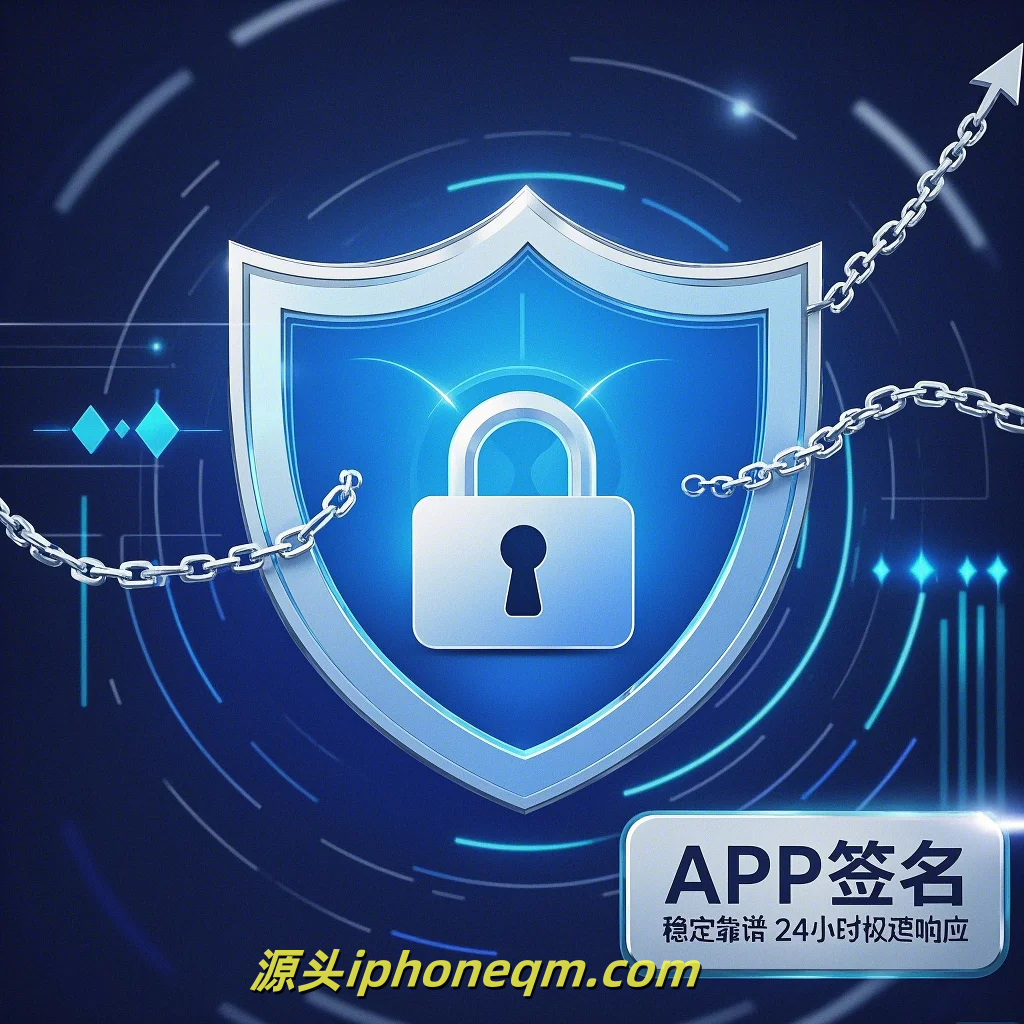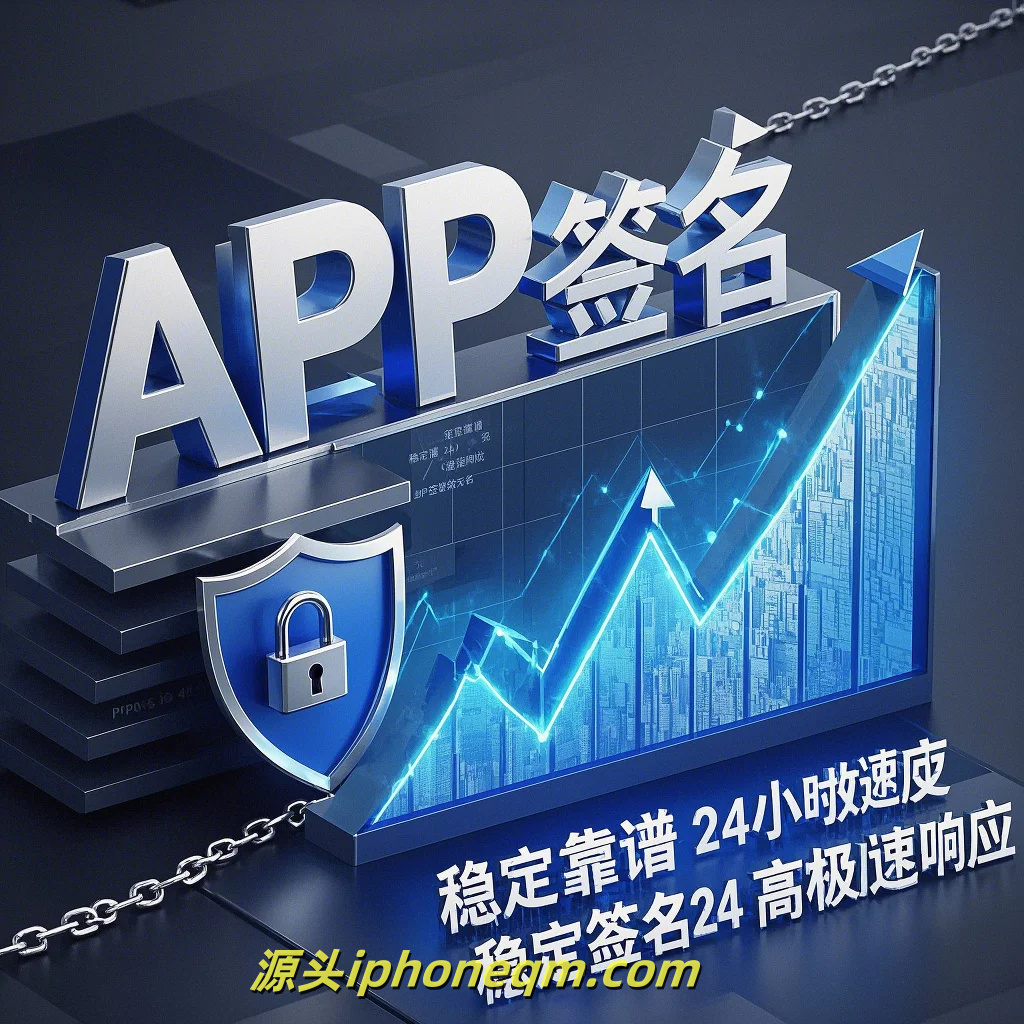Strategies for Optimizing iOS App Signing
Creating iOS applications in today’s technologized age has become integral for developers aiming to reach a broader audience. However, one of the lesser-discussed yet critically important aspects of iOS app development is the signing process. Properly optimizing this step can enhance both security and efficiency, ultimately leading to a smoother user experience. Here, we will explore effective strategies for optimizing iOS app signing.

First and foremost, it is essential to understand the process of code signing itself. Code signing is a security protocol that ensures the application’s authenticity and integrity. It verifies that the app has not been tampered with since it was signed by the developer. This is particularly vital on the iOS platform, where app security is a top priority for Apple. Therefore, developers need to ensure they have a valid Apple Developer account, which is a prerequisite for signing apps.
One effective strategy is to streamline the certificate management process. Developers can use the Xcode tool to manage certificates, which simplifies the signing process. Regularly updating and renewing certificates can prevent issues during app submission. Using automatic signing options available in Xcode helps ensure that the latest provisioning profiles and certificates are always in use, thereby minimizing the room for error.
Another strategy involves the use of Continuous Integration/Continuous Deployment (CI/CD) systems. Implementing CI/CD tools such as Jenkins, Bitrise, or GitHub Actions can automate the build and signing process. By integrating scripts that automate code signing, developers can significantly reduce the risks associated with manual signing. This automation not only saves time but also helps to ensure that the correct provisioning profiles and certificates are consistently applied.
Using environment variables to store sensitive information such as your Apple developer credentials securely is also crucial for optimizing the signing process. This can be implemented in CI/CD workflows, allowing teams to keep their credentials safe while still automating builds. Avoid hardcoding these values, as this can lead to security vulnerabilities.

Additionally, it’s essential to manage provisioning profiles effectively. Developers should maintain both development and distribution profiles, ensuring they understand the differences between them. Development profiles are used for testing purposes, while distribution profiles are necessary for submitting apps to the App Store. Regularly cleaning up unused profiles can prevent confusion and errors during the signing process.
Moreover, testing the signing process before submission is vital. Utilizing tools like TestFlight allows developers to test their applications and the signing process in a controlled environment. This helps identify signing issues before the app reaches users, ensuring a more polished final product. Regular testing can prevent last-minute signing complications that could delay an app's launch.
Finally, maintaining clear documentation regarding the signing process can be invaluable. By keeping detailed records of logging in and out of the Apple Developer account, as well as documenting any changes made to certificates and profiles, teams can ensure consistent practices are followed. This documentation becomes especially useful when onboarding new team members or during audits.

In conclusion, optimizing the iOS app signing process is crucial for developers seeking to streamline app development and delivery. By managing certificates efficiently, incorporating automation, using environment variables wisely, properly handling provisioning profiles, and prioritizing thorough testing and documentation, developers can not only enhance security but also improve overall efficiency. These strategies will pave the way for a smoother app submission process and ensure that your app stands out in the crowded iOS ecosystem.
扫描二维码推送至手机访问。
版权声明:本文由MDM苹果签名,IPA签名,苹果企业签名,苹果超级签,ios企业签名,iphoneqm.com发布,如需转载请注明出处。











